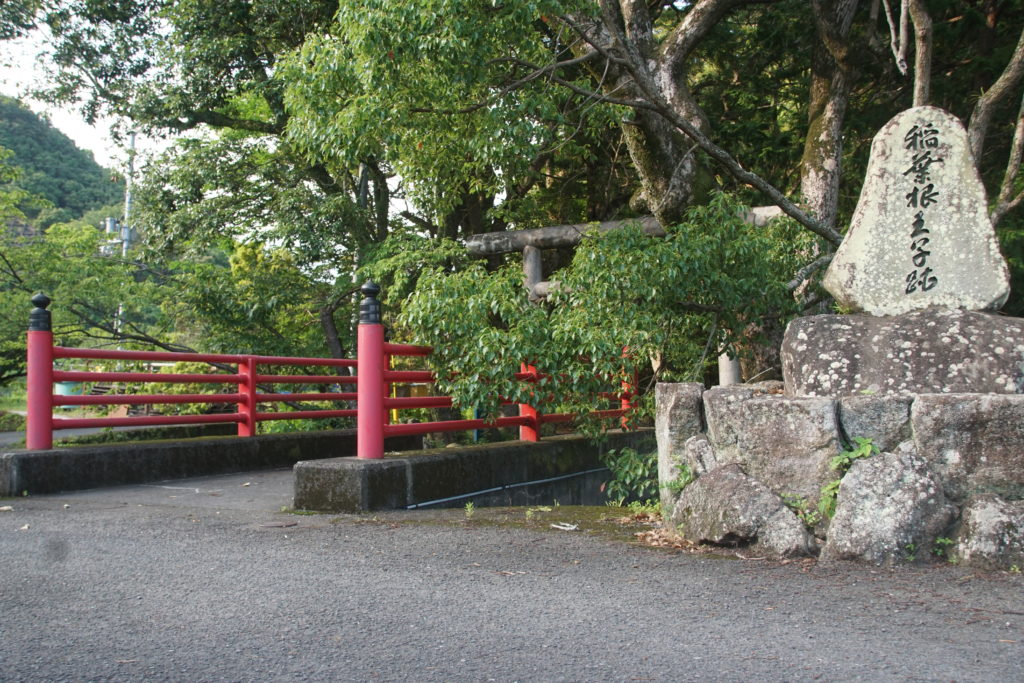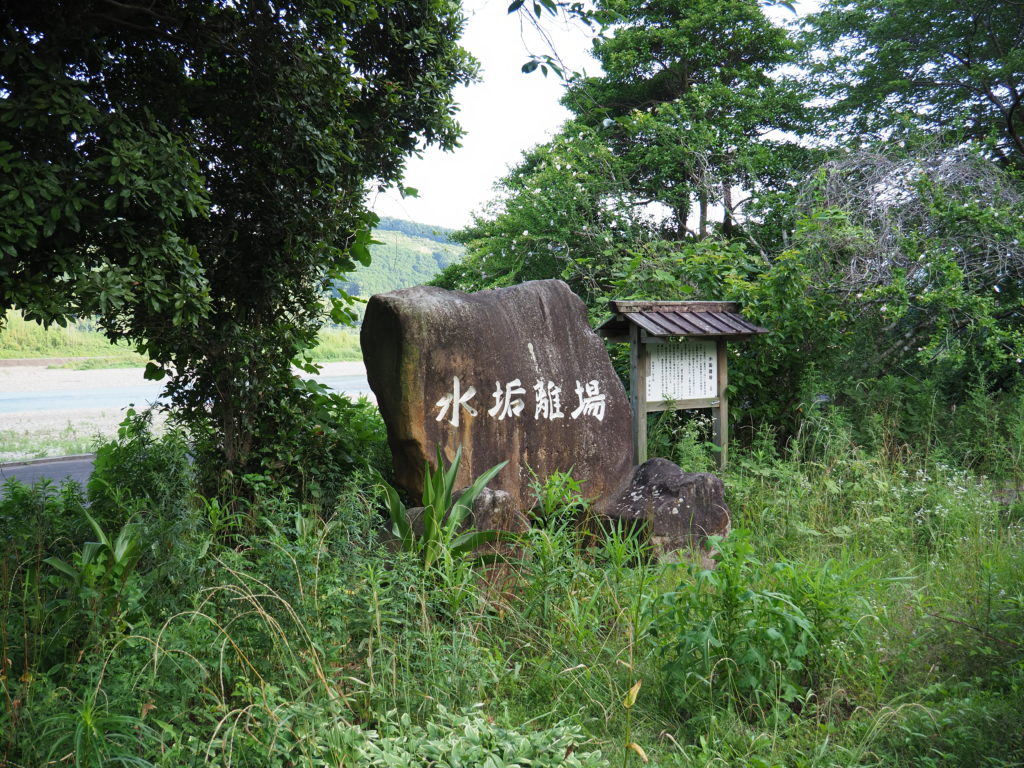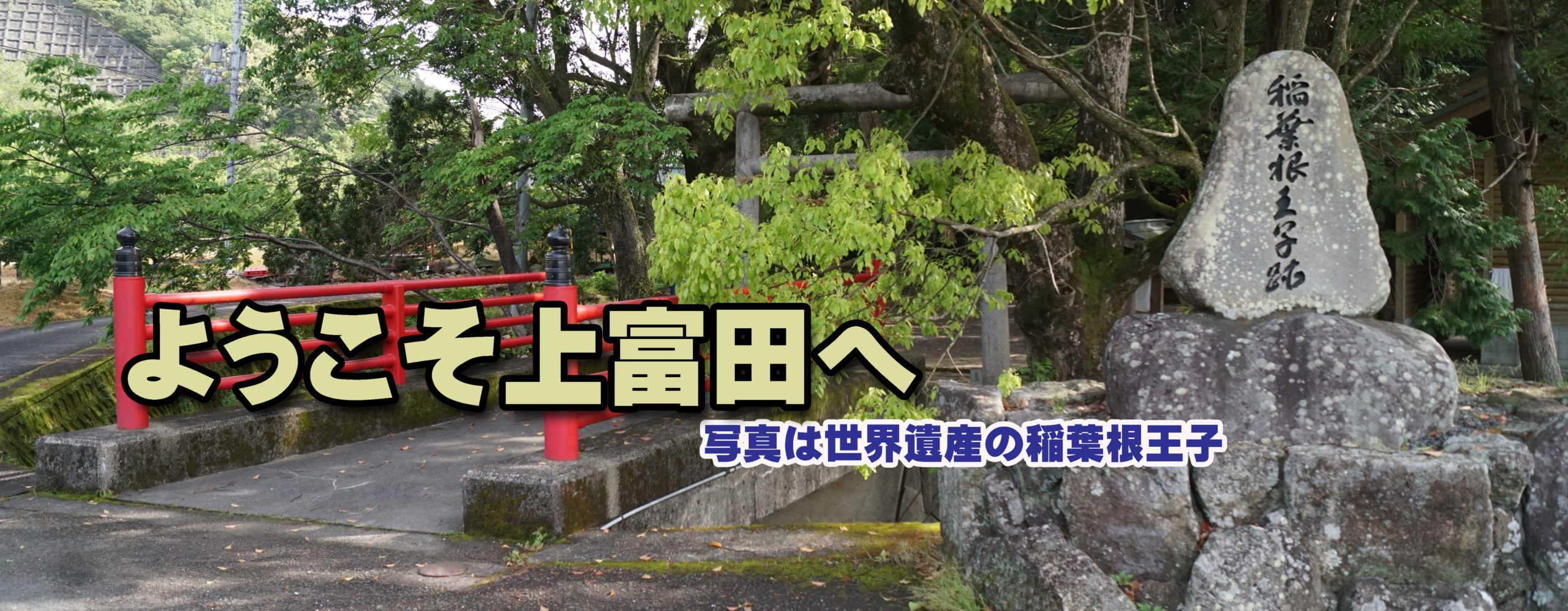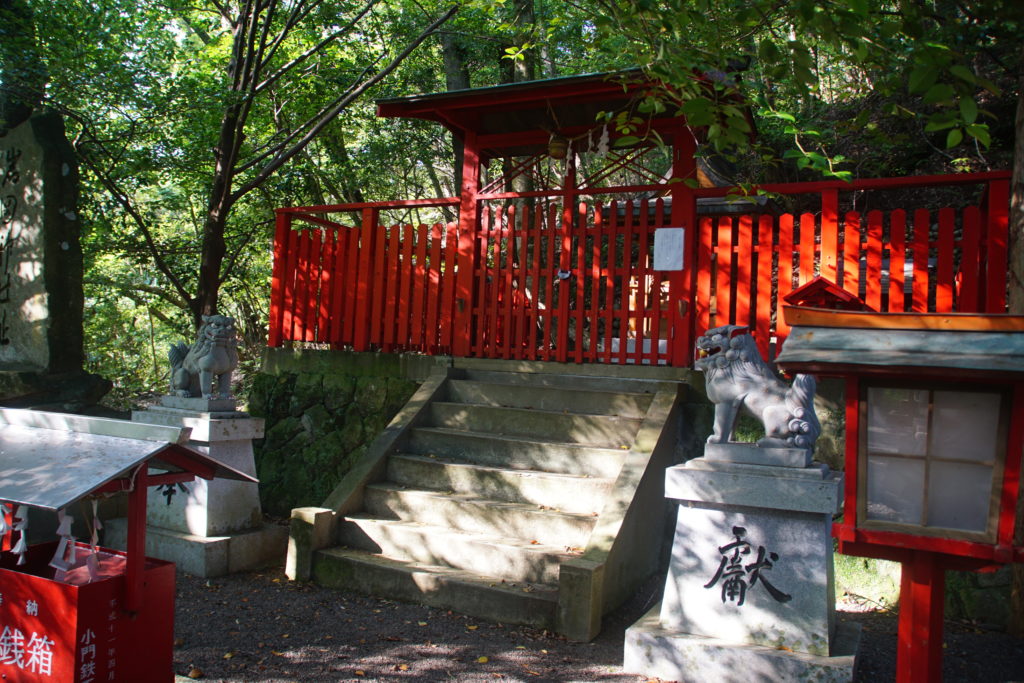What is Inabane-Oji Shrine?

Inabane-oji is known as one of five presigious shrines of the “99 subsidiary shrines”(OJi) of Kumano Grard Shrine. These sacred sites of Shingon Buddhim are all part of pilgrimage routes in Japan`s Kii-Peninsula region. In 2016.Inabane-Oji Shrime,along with Yagami-Oji Shrine. were recognized as World Heritage Sites.
It has long been thought that pauing a visit to this shrine absolves a person of all sins. Thus, since ancient times, high ranking people from all over Japan have visited often. For examle, it is said that Emperor Gotoba (Japan`s 82nd emperor from the 12th century) visited more than 30 times, and that Emperor Goshirakawa (77th emperor) made over 20 visits.
Public Transportation
from Asso station, you can either walk (about 50 minutes) or take a local bus (15 minutes). The bus to take is the one headed for Kurisugawa, and you will get off at the Inabane-Oji stop, which is also the stop for Value House. Let the driver know where you are going. The bus will let you out next to a grocery store that has a sign with a large ‘V'(Value House). if facing Value House, you’ll want to head left– the opposite direction of the large intersection, and past the coin Laundromat. You’ll soon see the stone sign for Inabane-Oji on your right, as well as a small bridge with red railing.

History of Inabane-Oji Shrine
The local area has long worshipped a god known as Inari, which was originally thought of as a god of rice and harvests (The first Chinese character in “Inari” means rice plant). Originally just small wayside shrines devoted to Inari, the Oji shrine structures became more defined and regimented as the Kumano pligrimage gained in popularity. Near the front of Shogoin Shrine in Kyoto, you can find a Kumano mandala, and on the lower part of that mandala you can see an area devoted to Inabane-Oji Shrine along with the Inari god depicted in the from of an old man (as told in legend). The local area continues to this day as one of plentiful harvests.
Also, there are records of this shrine (then called ineji-Oji) having held Satokagura ceremonies, which involve a traditional ceremonial dance still thriving in some parts of Japan today.
During the Edo era, the local town god was also worshipped at what is now Iwada Shrine. Inabane-Oji was once moved in 1915 to what is today Iwada shrine. It moved back to its current and historical location in 1956.
On the Shrine grounds there once stood large camphor trees. Since it took seven days to make the pilgrimage from these trees to the three grand shrine of Kumano and back again, the camphor trees were called the “7-day pilgrimage camphor trees”.
Related Pages
Water Ablution (English page not availabe.)
In 1999 the Wakayama Tourism Federation listed the area in front of Inabane-Oji Shrine in its list of 100 best sunrise and sunset locations in Wakayama.(It was listed for its sunrise view).






